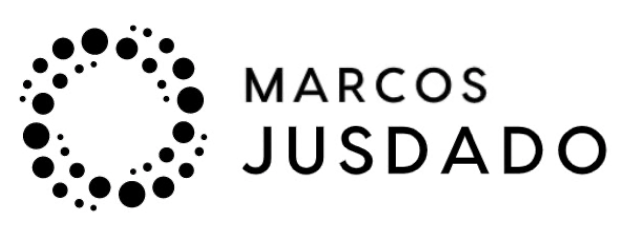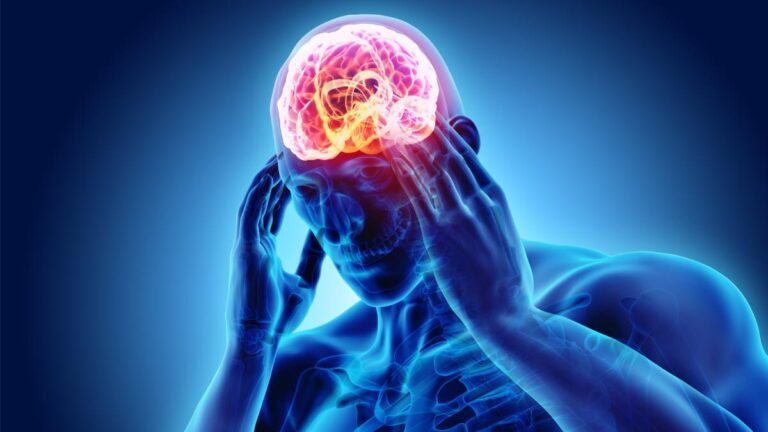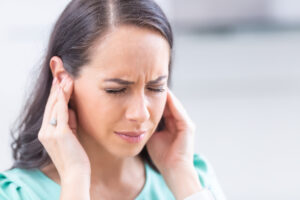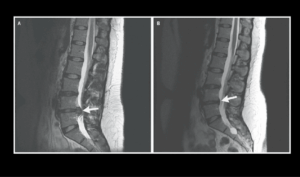Headaches, also known as cephalalgia, are one of the most common conditions affecting people of all ages worldwide. These pains can be debilitating and negatively impact the quality of life of those who suffer from them. In this post, we will explore the different types of headaches, their most common causes, strategies to relieve them, and how to prevent their occurrence.
Types of Headaches:
There are several types of headaches, but the most common are:
- Tension Headaches: These are the most widespread type and are usually felt as pressure or tightness on both sides of the head. They can be caused by stress, anxiety, poor posture, or muscle tension.
- Migraines: Migraines are intense, throbbing headaches that typically affect one side of the head. They can be accompanied by nausea, sensitivity to light and sound, and may be triggered by factors such as certain foods, hormonal changes, or stress.
- Cluster Headaches: These are extremely painful, recurring headaches that occur in “clusters” over a specific period. They usually affect one side of the head and can be accompanied by symptoms such as watery eyes and nasal congestion.
Common Causes of Headaches:
The causes of headaches can vary and be triggered by different factors, such as:
- Tension and Stress: Stress and anxiety are common triggers for tension headaches.
- Environmental Factors: Exposure to loud noises, bright lights, or weather changes can trigger headaches in some people.
- Lifestyle: Excessive caffeine consumption, smoking, alcohol intake, or lack of sleep can contribute to headaches.
- Diet: Certain foods and drinks, such as chocolate, cheese, processed meats, or other processed foods, may trigger migraines in some individuals.
Headache Relief:
Although headaches can be bothersome, there are various strategies that can help relieve them:
- Rest and Relaxation: Resting in a calm, relaxed environment while reducing stress and tension can decrease headache intensity.
- Cold or Heat Application: Applying a cold cloth or ice pack to the forehead or neck can provide relief in some cases, while in others, heat application may be beneficial.
- Massage: Gentle massages of the neck, shoulders, and head can help reduce muscle tension and relieve pain.
- Over-the-Counter Medications: Some over-the-counter pain relievers, such as ibuprofen or acetaminophen, can alleviate headaches. However, it is important not to overuse them.
- Relaxation Practices: Meditation, yoga, deep breathing, and other relaxation techniques can help reduce the frequency and intensity of headaches.
Headache Prevention:
In addition to relief, it is important to take measures to prevent headaches from occurring. Some preventive strategies include:
- Maintain a Regular Sleep Routine: Getting enough sleep and maintaining a regular sleep schedule can help prevent headaches related to lack of rest.
- Stay Hydrated: Staying hydrated is essential to prevent headaches, especially in hot weather or during intense physical activity.
- Avoid Triggers: Identifying and avoiding specific headache triggers, such as certain foods or environmental factors, can reduce their occurrence.
- Maintain Good Posture: Maintaining proper posture, especially when working at a desk or using electronic devices, can help prevent tension headaches related to muscle strain.
- Regular Exercise: Staying active and exercising regularly can help reduce stress and prevent headaches.
In conclusion, headaches are a common condition affecting many people under various circumstances. Although they can be debilitating, there are measures that can be taken to relieve and prevent them. However, if headaches are frequent or severe, it is recommended to consult a healthcare professional to rule out any underlying issues and receive a proper diagnosis and personalized treatment plan. With the right approach to self-care and prevention, it is possible to keep headaches under control and enjoy a better quality of life.











